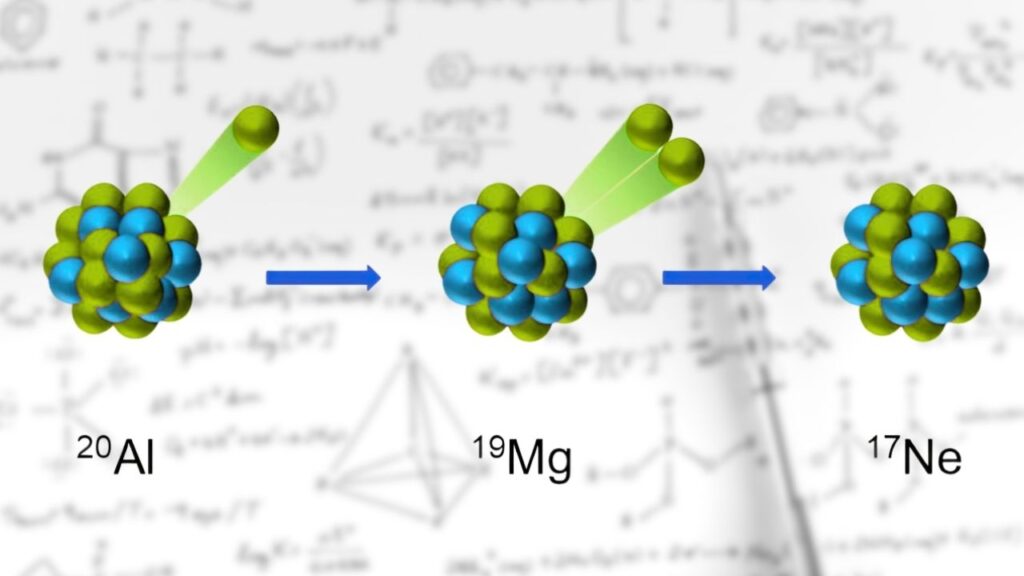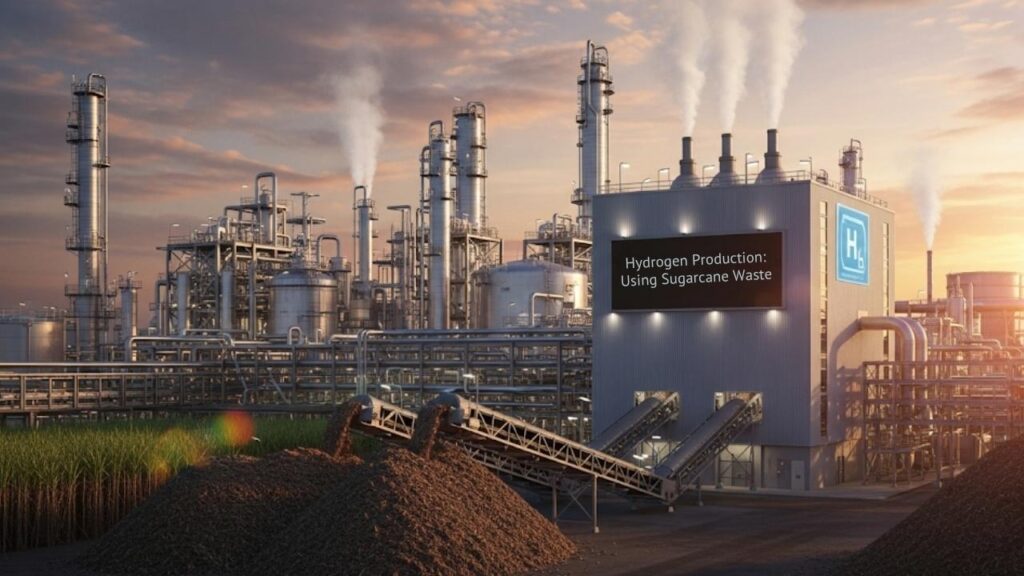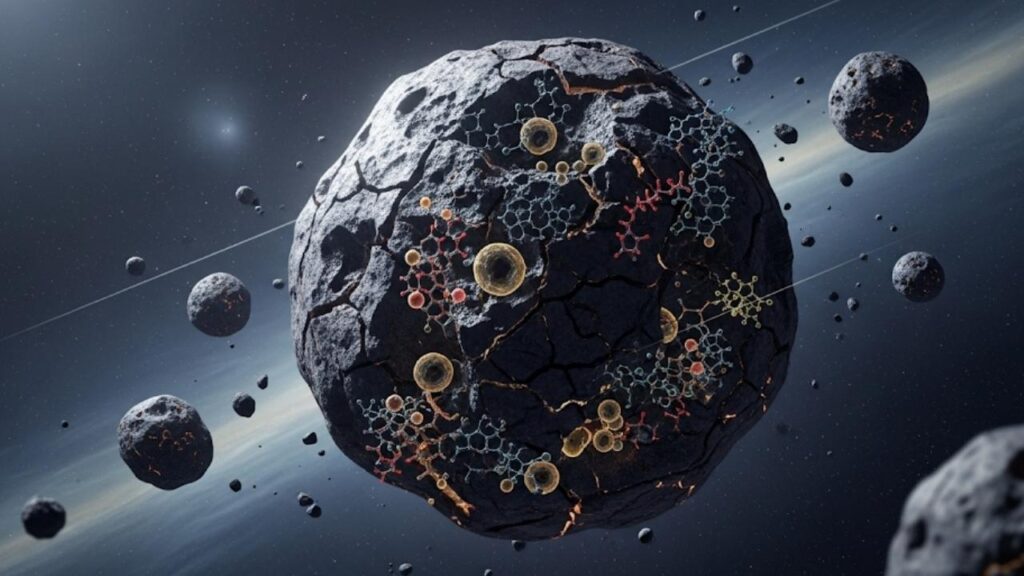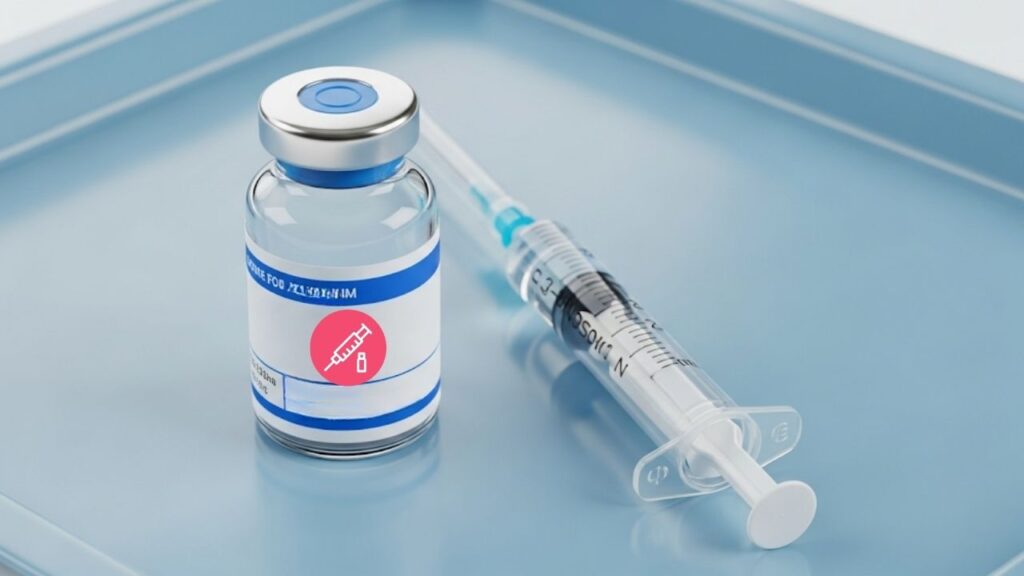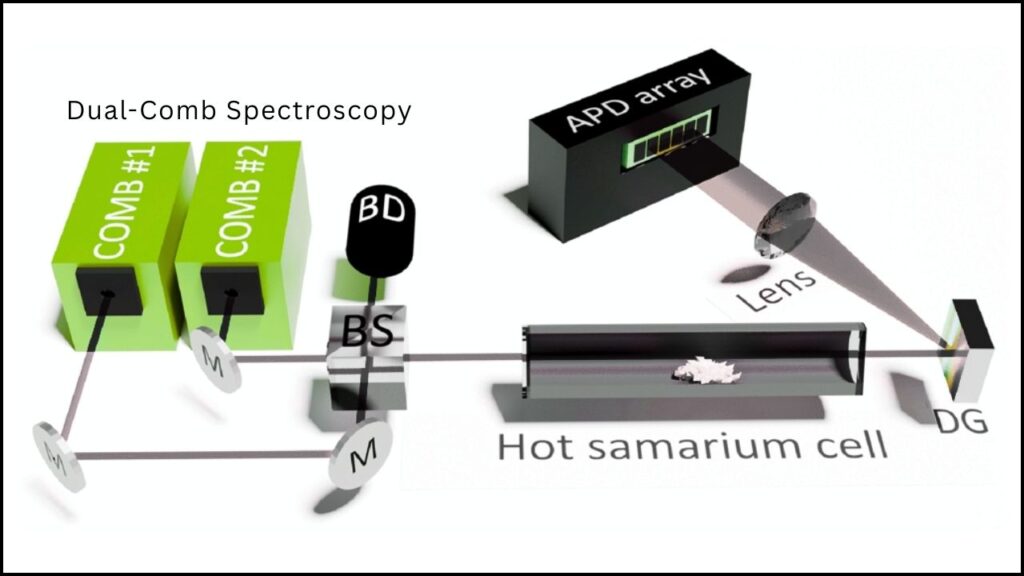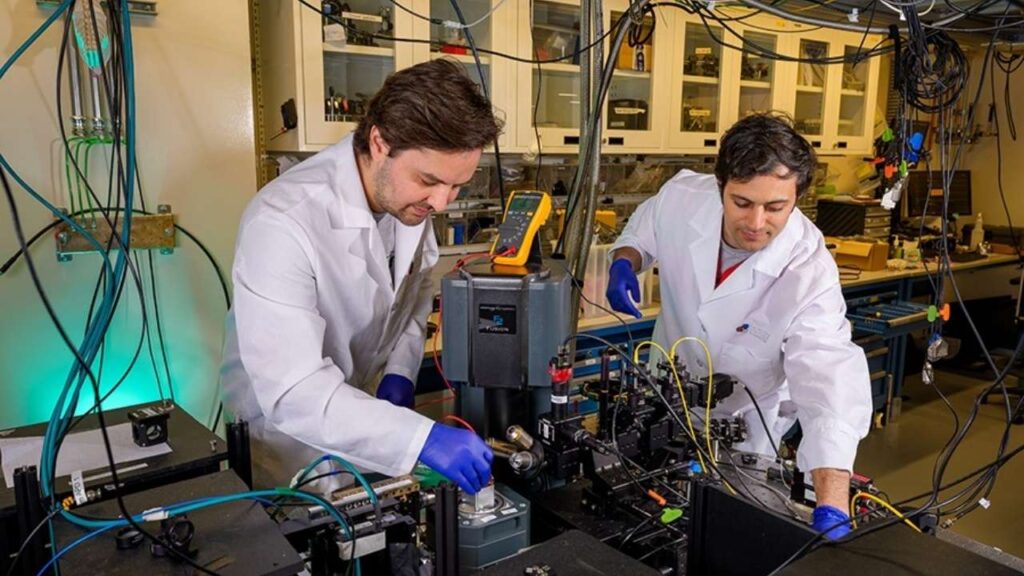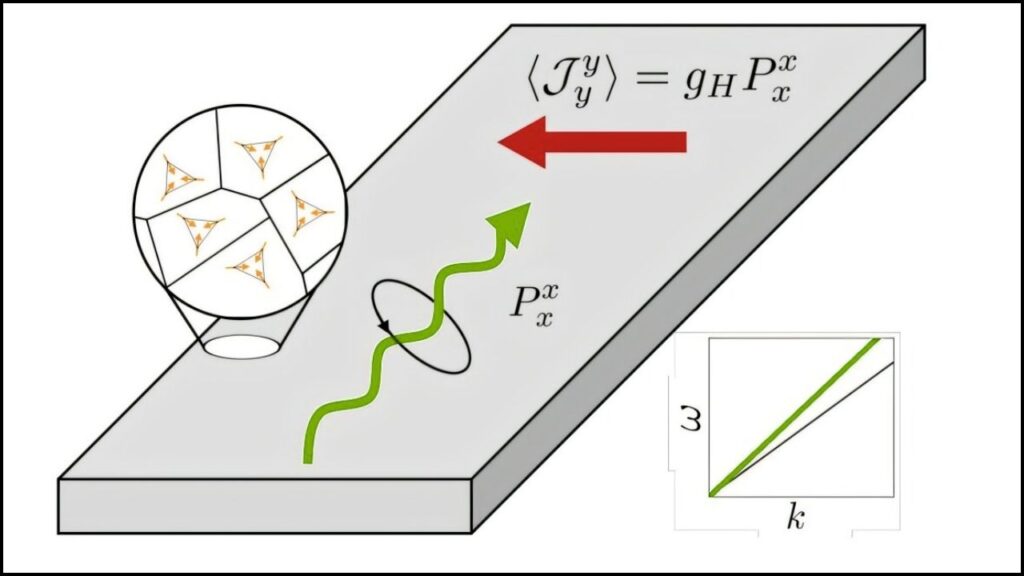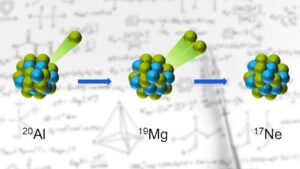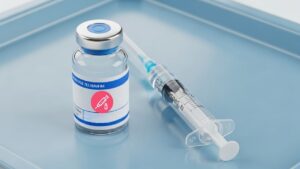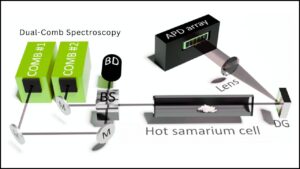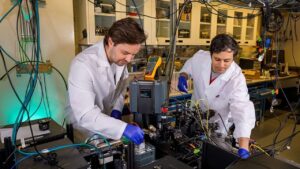Picture a robot that can get bigger, fix its own broken parts, and even change what it’s good at—all by “eating” extra pieces or other robots. That’s not just a crazy comic book idea anymore; it’s real science. Researchers at Columbia University have created robots that can physically grow, heal, and adapt using parts from their environment or from other robots—a process inspired by how living things eat and grow. This breakthrough, published in Science Advances, is a big step toward self-sustaining, autonomous robots. For kids, this is like seeing real-life Transformers. For professionals, it’s opening doors to new kinds of robotic systems that could change industries and daily life.
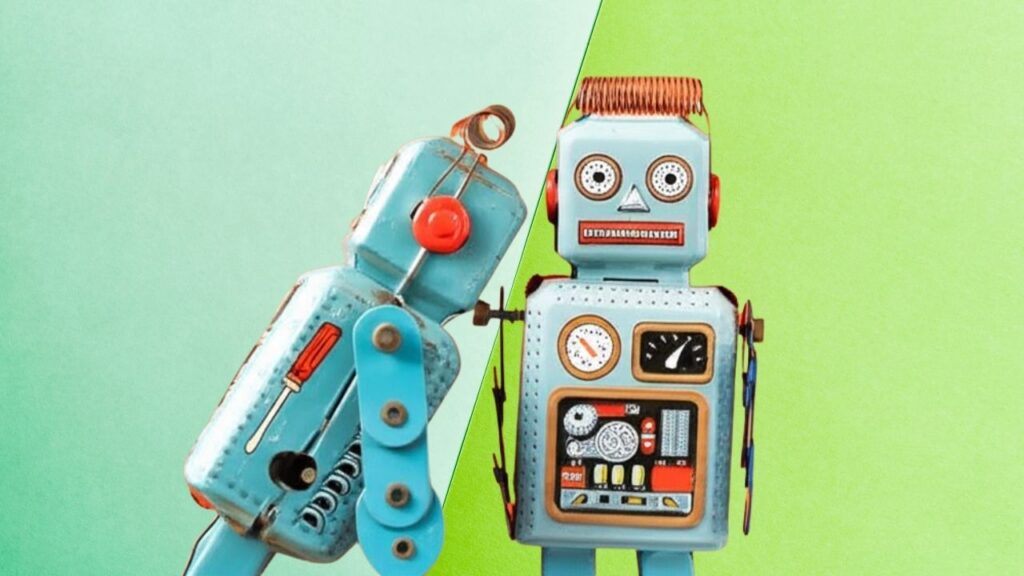
Until now, robots have been more like fancy toys—once built, they can’t easily change their bodies, heal, or get bigger. Even as artificial intelligence (AI) makes robot “brains” smarter, their “bodies” have been stuck in one shape. But by learning from biology, engineers are blurring the line between machines and living things. Let’s explore how robot metabolism works, why it matters, and what it could mean for our world.
Table of Contents
Robots Can Now Grow and Repair Themselves by “Eating” Other Machines
| Topic | Details |
|---|---|
| Core Innovation | Robots can “grow,” “heal,” and adapt by integrating parts from other robots or their environment |
| Example Platform | Truss Link: modular bars with magnetic connectors, able to form complex 2D and 3D structures |
| Performance Example | A tetrahedron robot added a “walking stick” module and increased its downhill speed by more than 66% |
| Biological Inspiration | Mimics how living things metabolize resources to grow, heal, and adapt |
| Potential Applications | Disaster recovery, space exploration, construction, and long-term autonomous missions |
| Professional Impact | New career paths in modular robotics, AI-integrated physical systems, and autonomous machine ecologies |
| Official Study | Details in Science Advances; more info at Columbia Engineering |
Robot metabolism is a game-changer. By letting robots “eat” and reuse parts, we’re moving closer to machines that can truly take care of themselves—growing, healing, and adapting just like living things. This isn’t just cool science; it could revolutionize how we use robots in construction, space, disasters, and beyond. For professionals, it’s a thrilling new frontier. For kids and curious minds, it’s a glimpse into a future where robots are more like partners than tools.
What Is Robot Metabolism?
Robot metabolism is a new way for machines to change their bodies—just like your body grows when you eat, or heals a cut by making new skin. Traditionally, robots are “closed systems”: once built, they can’t easily add new parts or fix broken ones. But Columbia’s Truss Link robots are different. Each Truss Link is a simple, bar-shaped module with magnetic connectors, a bit like high-tech building blocks. These modules can attach to each other at different angles, forming everything from flat grids to 3D structures like pyramids or bridges.
The magic is in how these robots “consume” other modules—either from their surroundings or from other robots. They don’t eat like animals, but they can attach new parts to their bodies, making themselves bigger, stronger, or better at specific tasks. For example, a pyramid-shaped robot can “eat” another module and turn it into a “walking stick,” which helps it move faster downhill. If a part breaks, the robot can “shed” the damaged module and “eat” a healthy one to repair itself.
How Does It Work? A Step-by-Step Guide
Let’s make this clearer with simple steps:
- Start with Simple Modules: The system begins with Truss Links—basic, identical building blocks with magnetic ends.

- Self-Assembly: These modules connect to each other, forming 2D or 3D shapes, much like snapping together toy construction sets.
- Environmental Interaction: Robots can sense and attach to new modules they find in their surroundings—this is the “eating” part.
- Growth & Adaptation: By adding new modules, robots become larger, gain new abilities, or replace broken parts.
- Self-Repair: If a module is damaged, the robot can detach it and replace it with a healthy one, “healing” itself.
- Performance Improvement: Adding the right module can give the robot new functions—like the walking stick that made the tetrahedron robot much faster.
What Makes This So Special?
Most robots today can’t change their bodies. If a part breaks, someone has to fix it. If a new job comes up, the robot might need a whole new body. Robot metabolism changes all that. By imitating how living things adapt, these robots can:
- Grow when they need to handle bigger tasks
- Heal by replacing broken parts on their own
- Adapt to new environments or jobs by changing their shape
This open-ended physical adaptation is a big deal. It means robots could one day operate for years without human help—perfect for places where repairs are hard, like disaster zones, deep ocean floors, or even Mars. Researchers think this could lead to “robot ecologies,” where groups of robots work together, sharing and reusing parts, almost like a robot food chain.
Why Is This Important for Professionals?
For engineers, programmers, and inventors, robot metabolism opens up exciting new possibilities. Here’s what it could mean for careers and industries:
- New Jobs: There will be growing demand for experts in modular robotics, AI that controls physical growth, and systems that can self-repair.
- Industry Applications: Construction robots could build and adapt structures on the fly. Space robots could repair themselves during long missions. Disaster robots could search rubble and rebuild themselves if damaged.
- Research Directions: Scientists can now explore how groups of robots interact, share resources, and evolve—leading to entirely new fields of study.
If you’re interested in robotics, this is a great time to learn about modular design, AI, and bio-inspired engineering.
Practical Advice: How to Get Involved or Stay Informed
- Follow the Research: Keep an eye on Columbia’s Creative Machines Lab and Science Advances for the latest updates.
- Learn Modular Robotics: Study how simple parts can form complex systems. Try building with magnetic construction toys to get a hands-on feel for modular design.
- Explore AI Integration: As robots get smarter “brains,” learning about AI and machine learning will become even more valuable.
- Join the Conversation: Robotics forums, hackathons, and online courses are great ways to connect with others excited about these advances.
Engineers Test First Jet-Propelled Humanoid Robot With Controlled Flight
New Smart Material Brings Electronic Skin Closer to Reality for Robots and Human Prosthetics
World’s First Humanoid Robot Powered by Large Language Models Makes Public Debut
FAQs About Robots Can Now Grow and Repair Themselves by “Eating” Other Machines
Q: Do these robots really “eat” other robots like in a horror movie?
A: No, they don’t have mouths or digest food. “Eating” means they attach and integrate parts from other robots or their surroundings to grow or repair themselves.
Q: Can these robots think for themselves?
A: Their “brains” (AI software) are getting smarter, but the big news here is their bodies can now adapt and heal, not just their minds.
Q: Are these robots available to buy or use right now?
A: Not yet. The technology is still in the lab, being tested on simple modular systems like the Truss Link.
Q: What are the biggest challenges to making this work in the real world?
A: Making sure robots can safely find, attach, and use new parts in messy, unpredictable environments is a big challenge. Also, ensuring that groups of robots work together without causing chaos.
Q: Could this technology be dangerous?
A: Like all powerful technologies, it needs careful rules and safety checks. Researchers are focused on helpful uses, like disaster relief and space exploration.
